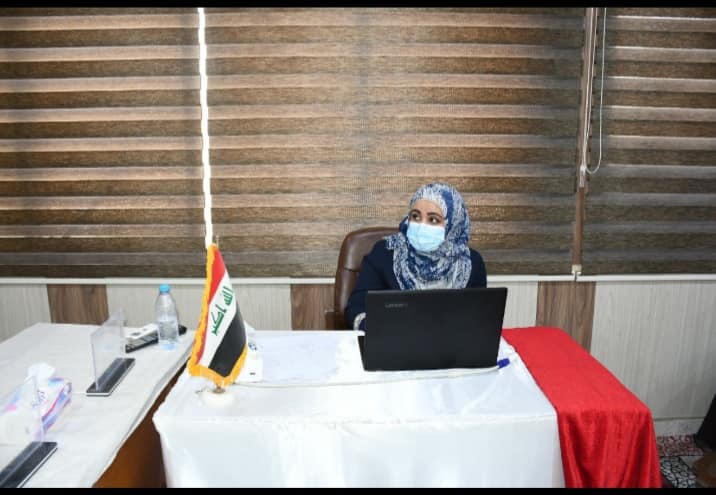
The thesis presented by the researcher (Nadia Jaafar Kazem Al-Baghdadi) included Trichomoniasis as a sexually transmitted disease (STD). It is caused by an anaerobic protozoa parasite known as Trichomonas vaginalis, which constitutes nearly half of all sexually transmitted infections worldwide. The epidemiological study over the course of a whole year, from January 2019 to December 2019, included the examination of 600 samples of vaginal fluid and urine from women whose ages ranged between 16-50 years, visits to the main hospitals and some private clinics in Basra Governorate to investigate the infection with Trichomonas vaginalis. T. vaginalis, as information was collected about the women who were included in the study by means of a special form prepared for this purpose that included information on the date of the review, age, marital status, occupation, economic status, educational attainment, contraceptives, clinical symptoms, incidence of other diseases, pregnancy, number of childbearing and abortion times, type of childbirth, and vaginal examination using the speculum. Speculum vaginal expansion Three vaginal swabs were taken from each patient. It was found that the number of women infected with Trichomonas vaginalis was 10 women among the women included in the study, with an infection rate of 1.7%. The prevalence of T. vaginalis in the governorate's women is low, which indicates that there is no risk of the disease in forming an epidemic situation for women in light of these conditions. It was also found that there are significant differences in the rates of infection with trichomoniasis during the months of the year, as the infection with the vaginal parasite Trichomonas appeared in the month of March until November 2019 and reached its peak in the month of September with a rate of 3.45%, and the results of the current study showed that there was no significant effect of age, educational level, economic and residential reality The job is based on the infection rate, and the infection was limited to married women only, and there were no significant differences between the infection rate of pregnant, non-pregnant and sterile women, as the infection rate among non-pregnant women was 2.2% compared to the infection rates 0.54% and 1.92% for pregnant and sterile women, respectively. The cases of infection were associated with a rise in the pH of the vaginal environment and the most of it was between pH 6 -6.5 and it amounted to 50% of the total infections. The symptoms of vaginal secretions constituted the highest percentage of infection, which amounted to 100%, and yellow secretions by 60%, which were statistically significant. (P≤ 0.05)








